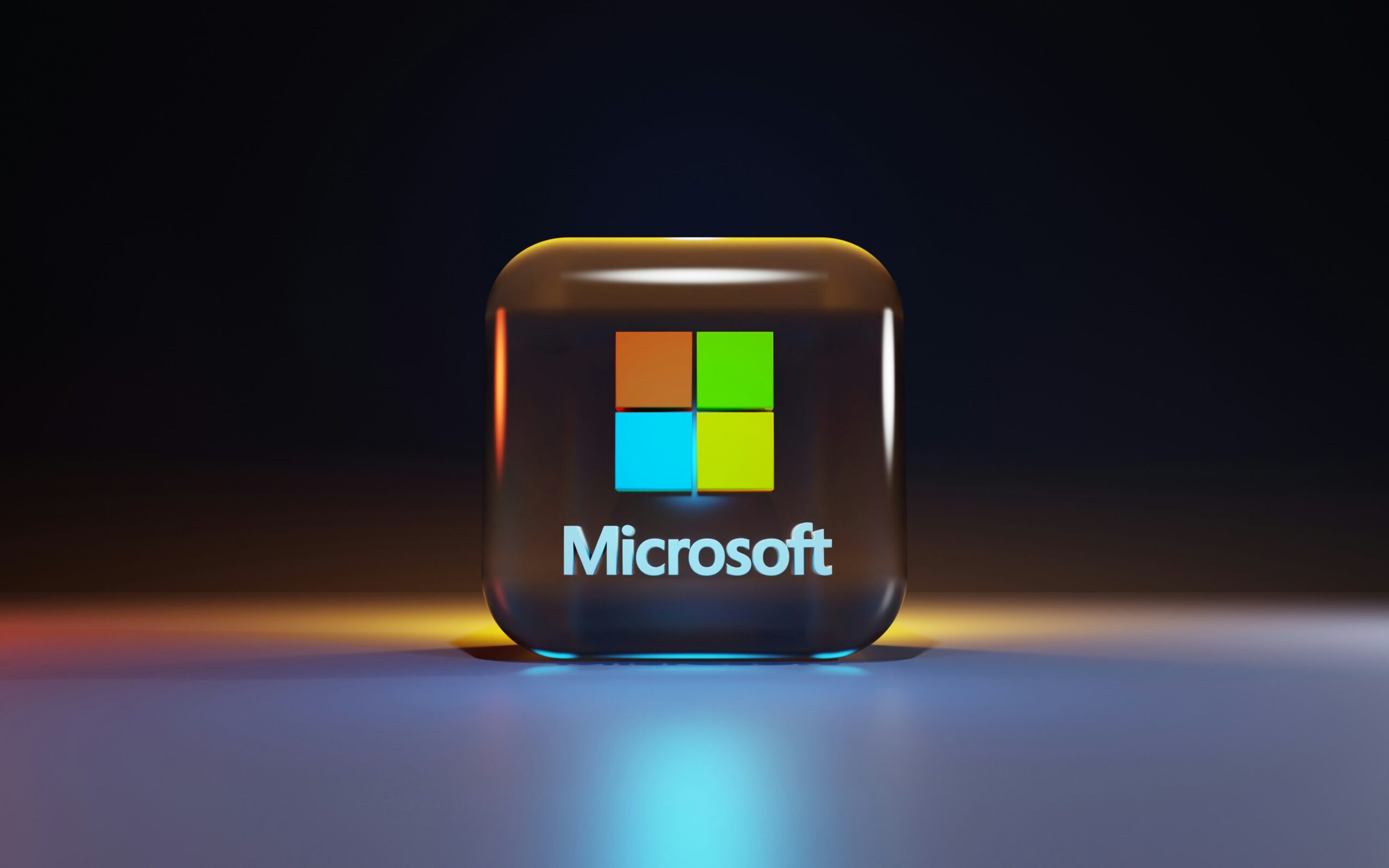Key Takeaways:
- A critical vulnerability was recently discovered in on-premise versions of Microsoft SharePoint, allowing attackers to gain unauthorized access to sensitive systems.
- Cloud-based SharePoint (Microsoft 365) is not affected.
- The breach impacted thousands of systems globally, including governments, universities, and healthcare providers.
- This is a stark reminder of the growing risks tied to aging, self-managed IT infrastructure.
- Businesses relying on on-premise software should assess their exposure and evaluate a transition to cloud-based solutions.
What if the software you’ve relied on for years quietly left the door open to hackers?
That’s what cybersecurity researchers uncovered earlier this month when they found a critical vulnerability in Microsoft SharePoint. The exploit allowed hackers to infiltrate on-premise SharePoint servers, bypassing authentication altogether, and access sensitive internal systems.
The breach impacted organizations across industries, including government agencies, universities, healthcare providers, and major enterprises across multiple continents. In other words, this wasn’t a minor slip-up or theoretical threat. It was an active, large-scale breach of systems that many assumed were secure.
What is SharePoint?
SharePoint is a Microsoft platform used by organizations to store, organize, and share documents and data. Think of it as a digital filing cabinet combined with an internal website—it’s where teams go to access files, collaborate on projects, and manage content across departments. Your company likely has some kind of file-sharing system. If it’s not SharePoint, you may use Google Drive or Box.
Some businesses host SharePoint on their own servers (on-premise), while others use the cloud-based version through Microsoft 365. That difference—cloud vs. on-premise—is exactly what made this breach possible.
Who Was Affected by the SharePoint Hack?
The exploit chain targeted two specific vulnerabilities—CVE‑2025‑49704 (a remote code execution flaw) and CVE‑2025‑49706 (a spoofing vulnerability)—which allowed attackers to gain full access to SharePoint servers. Microsoft and CISA have since confirmed patch bypasses (CVE‑2025‑53770 and CVE‑2025‑53771) that require additional attention.
Here’s the important detail buried beneath most headlines: this vulnerability only applied to on-premise versions of SharePoint. If your business uses Microsoft 365 and relies on the cloud-based version of SharePoint, this breach does not affect you.
That single distinction made all the difference. Why? Because on-premise systems depend on manual patching, internal maintenance, and vigilance from in-house IT. If updates are delayed or vulnerabilities go undetected, your organization is left exposed.
Why The SharePoint Breach Matters (Even If You Weren’t Affected)
Even if your business doesn’t use SharePoint, this incident is a cautionary tale. The breach underscores a larger, more pressing truth: Legacy systems are increasingly incompatible with today’s cybersecurity landscape.
Modern threats move fast. In some cases of the SharePoint breach, attackers went beyond unauthorized access and deployed ransomware, encrypting files and halting business operations—highlighting just how quickly an overlooked system can become a critical threat.
Attackers don’t wait for patch cycles or IT downtime windows. They exploit overlooked systems, unpatched software, and tools that were never designed to defend against the scale and sophistication of today’s threat actors.
On-premise software, in particular, carries an invisible cost:
- It relies on internal teams to monitor, patch, and maintain it.
- It often lacks real-time threat detection and cloud-based redundancy.
- And over time, it becomes harder (and riskier) to support.
Why You Must Have Visibility Into Your IT Environment
The SharePoint vulnerability didn’t just impact a few outliers. It compromised tens of thousands of servers that were still running older software–software that often lives quietly behind the scenes, until something breaks. It’s like skipping oil changes for years; everything seems fine until your engine seizes up without warning
If you’re unsure what version of SharePoint (or any other platform) your team is using, now’s the time to find out. And if you’re still relying on on-prem infrastructure for core business operations, it’s worth asking whether that setup is still serving you, or quietly putting you at risk.
Modern IT doesn’t just focus on the break/fix model of support; it focuses on prevention. Cloud-based systems offer better visibility, faster patching, and continuous security improvements that are difficult, if not impossible, to replicate with older models.
What to Do If You Were Impacted by the SharePoint Breach
If you were impacted by the breach, or are unsure if you were, now is the time to take inventory of your current IT environment. Know what’s hosted in the cloud and what still lives on physical servers. If you're still using older platforms like SharePoint Server 2013 or earlier, those versions have officially reached end-of-life and should be retired or disconnected from the internet as soon as possible.
Ask your IT partner how your systems are monitored and updated, and make sure that your infrastructure is aligned with both today’s threat landscape and tomorrow’s needs. The SharePoint breach has made one thing abundantly clear: waiting until something breaks is not a strategy. For full technical guidance and mitigation steps, read the CISA advisory.
If you're unsure whether your systems are at risk, or you simply want expert guidance on how to modernize your infrastructure, we're here to help. Contact 888-Menders for immediate support or to schedule a security assessment. Don’t wait for the next breach to find out where you’re vulnerable.


